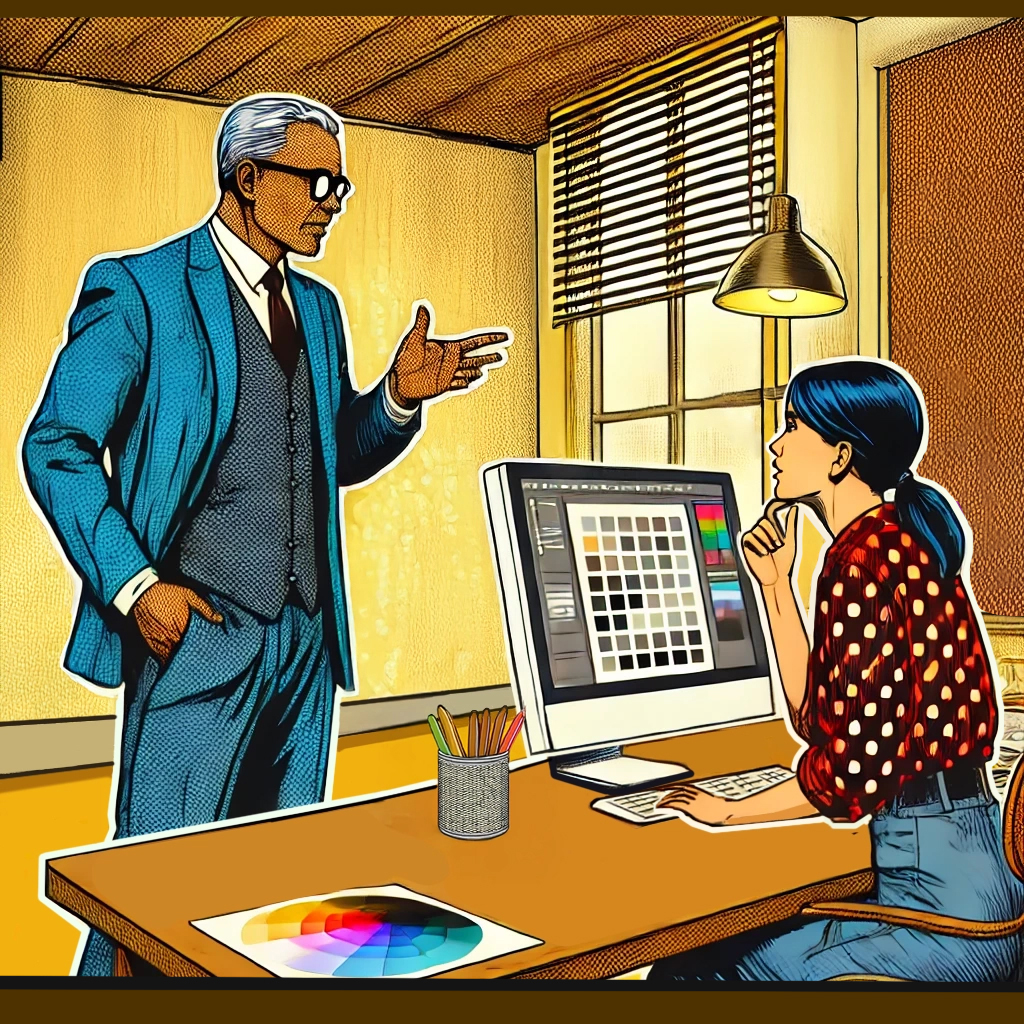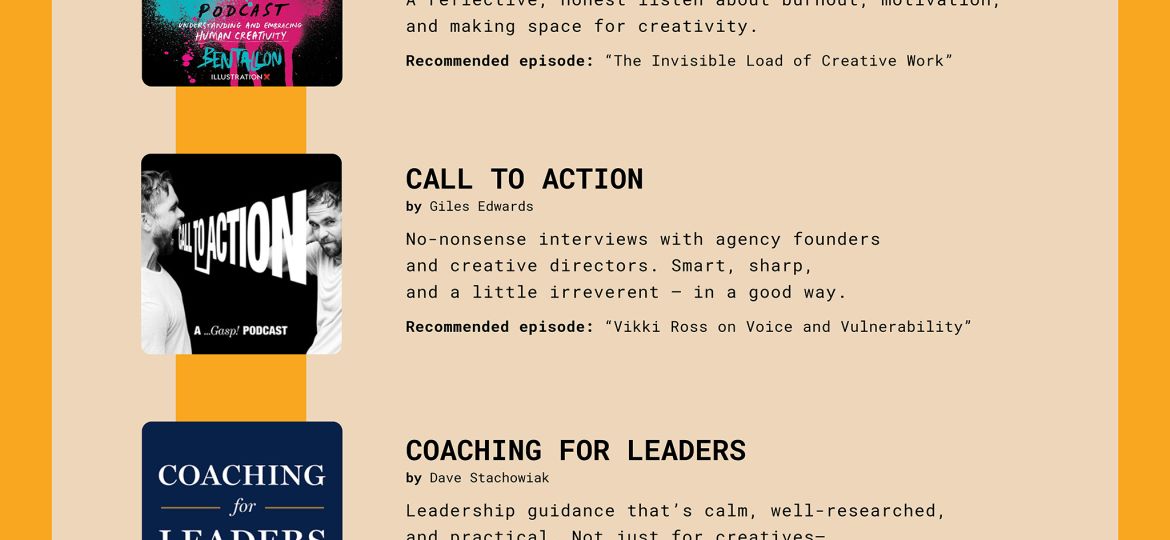Giving thoughtful feedback on graphic design requires a blend of clarity, kindness, and respect for the creative process. The goal is to guide improvement while maintaining trust and enthusiasm. This guide outlines how to offer feedback that’s honest, specific, and supportive.
1. Build Trust First
Feedback lands best when it comes from someone who shows genuine respect for the designer’s work. Without trust, even well-meaning critique can feel like a personal attack.
- Recognize good design decisions and effort.
- Demonstrate that your goal is growth, not criticism.
- Keep the tone human—consider the context and personal challenges.
2. Be Direct, but Not Harsh
Clarity matters as much as kindness. Vague or overly gentle feedback is unhelpful, but blunt criticism without guidance can be discouraging.
✔ “The composition feels busy. Simplifying the elements could improve focus.”
✘ “This looks cluttered.”
Offer clear, actionable suggestions without undermining the designer’s intent.
3. Give Feedback at the Right Time
Timing is key. The sooner you give feedback, the more relevant and useful it is. Address issues while they’re fresh, but choose the right moment.
Do: Provide feedback when it’s actionable.
Don’t: Wait so long that the context is lost, or emotions have cooled to indifference.
If tensions are high, give space but don’t delay too long.
4. Focus on the Work, Not the Person
Critique the work, not the individual behind it. Keep feedback specific to design choices rather than making it personal.
✔ “The color palette doesn’t align with the brand guidelines. Let’s explore more options.”
✘ “You always use the wrong colors.”
Keeping feedback objective ensures it’s constructive rather than accusatory.
5. Make It a Conversation
Feedback should be a two-way dialogue, not a one-sided lecture. Invite the designer to share their perspective and thought process.
- “What inspired this layout?”
- “How do you feel about the visual hierarchy here?”
- “Do you have ideas for adjustments?”
Collaborative discussion leads to more thoughtful revisions and mutual respect.
6. Praise with the Same Level of Care
Constructive feedback fosters improvement, but thoughtful praise reinforces strengths. Be specific when highlighting what works well.
✔ “Your use of negative space really enhances the design’s readability.”
✘ “Looks good!” (Too vague.)
Sincere recognition builds confidence and encourages creative risk-taking.
7. Follow Up Thoughtfully
Feedback isn’t a one-and-done process. Check in later to show your support for the designer’s growth.
- “How’s the revision coming along? Let me know if you want a second opinion.”
- “I noticed the adjustments you made—it really elevated the piece.”
Following up reinforces that feedback is meant to help, not just critique.
Final Thought
Thoughtful, specific feedback empowers designers to improve while showing you’re on their side. It creates a creative environment where growth is safe and encouraged—and that benefits everyone.





